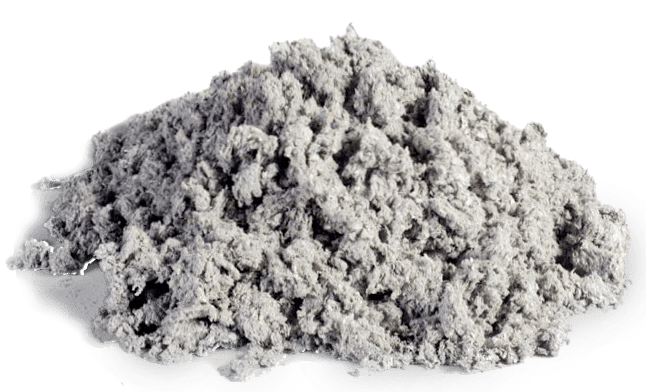In recent years, various industries have considered the use of environmentally friendly resins incorporating natural and plant-based fibers in a broader range of applications.
Polyplastics Group launched the new PLASTRON® LFT, an environmentally friendly cellulose-based resin that provides weight reduction as well as mechanical strength, allowing manufacturers to reduce their carbon footprint and meet today’s sustainability demands.
A light and resistant ecological resin
In recent years, various industries have considered the use of environmentally friendly resins incorporating natural fibers, starch, wood dust, as well as other plant-based and natural mineral fillers in a broader range of applications. Cellulose is a promising material to help reduce CO2 emissions, but its insufficient strength is a limiting factor.
Polyplastics notes that it has addressed this issue by using regenerated cellulose in the development of LFT resins with an excellent balance of physical properties. Regenerated cellulose is natural cellulose spun into continuous fibers by wet spinning.
Since cellulose is highly insoluble in solvents, a large part of regenerated cellulose fibers is manufactured through long and cumbersome processes. Simplifying these processes would likely lead to further CO2 reduction.
In response, Polyplastics has developed long-fiber regenerated cellulose materials through a solvent method, a simple manufacturing process that emits very little CO2. Since this method involves a closed process that recovers almost 100% of the solvent, it generates hardly any waste and produces even more environmentally friendly materials. The company has obtained multiple patents for this technology in Japan and internationally.
It should be noted that a comparison of long-fiber cellulose-reinforced PP resin versus long-fiber glass-fiber reinforced PP resin with the same flexural modulus shows that cellulose-reinforced resin has a lower density than fiberglass-reinforced resin. glass. Although long-fiber cellulose-reinforced PP resin has a flexural modulus about 3% higher than that of 30% glass-reinforced PP resin, it shows higher values of Charpy impact strength, tensile and flexural strength, indicating potential for increased strength. .

